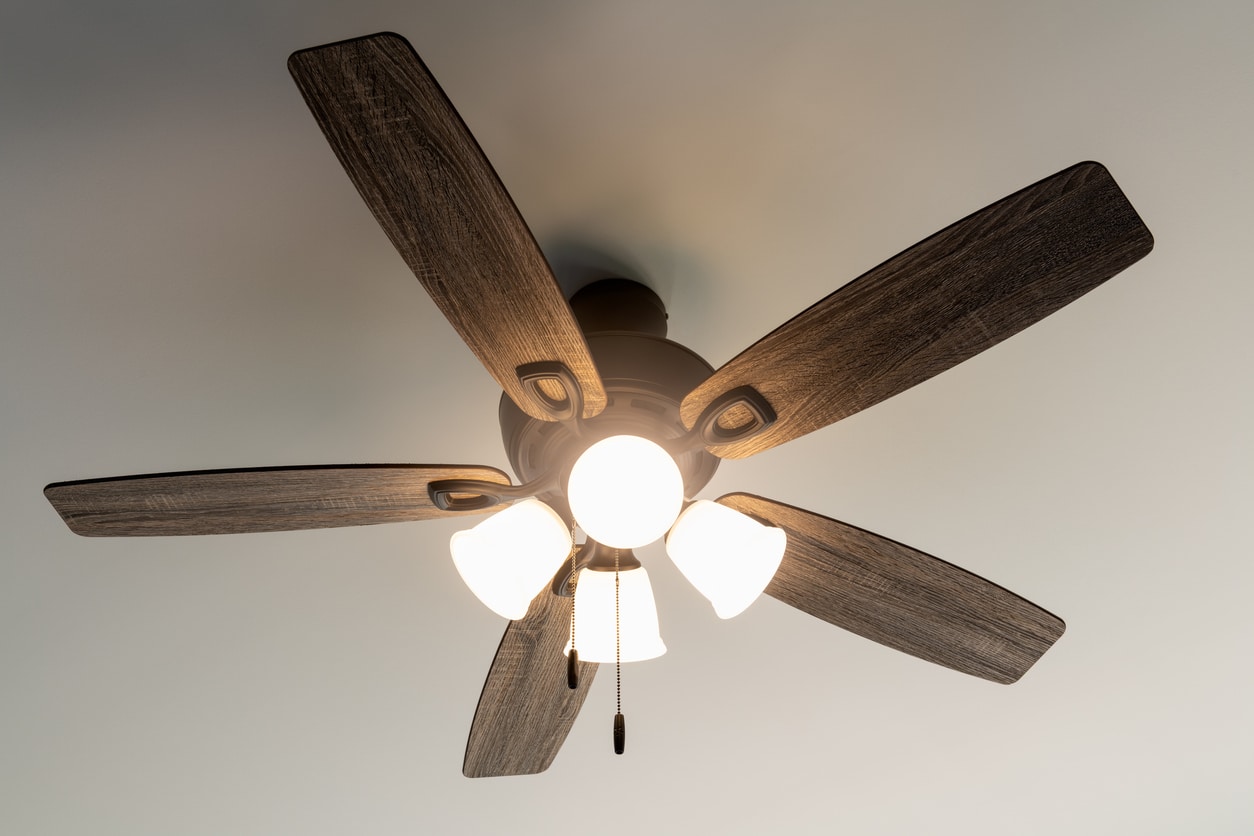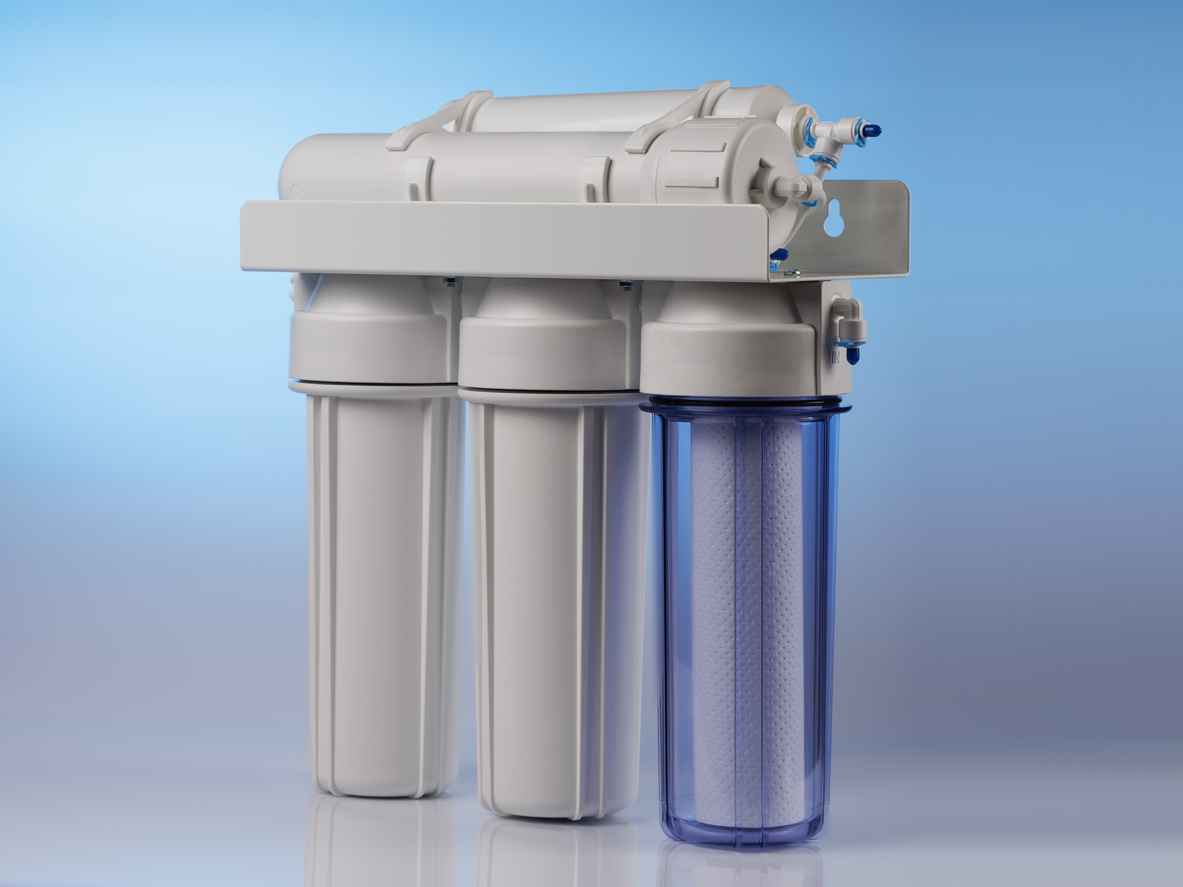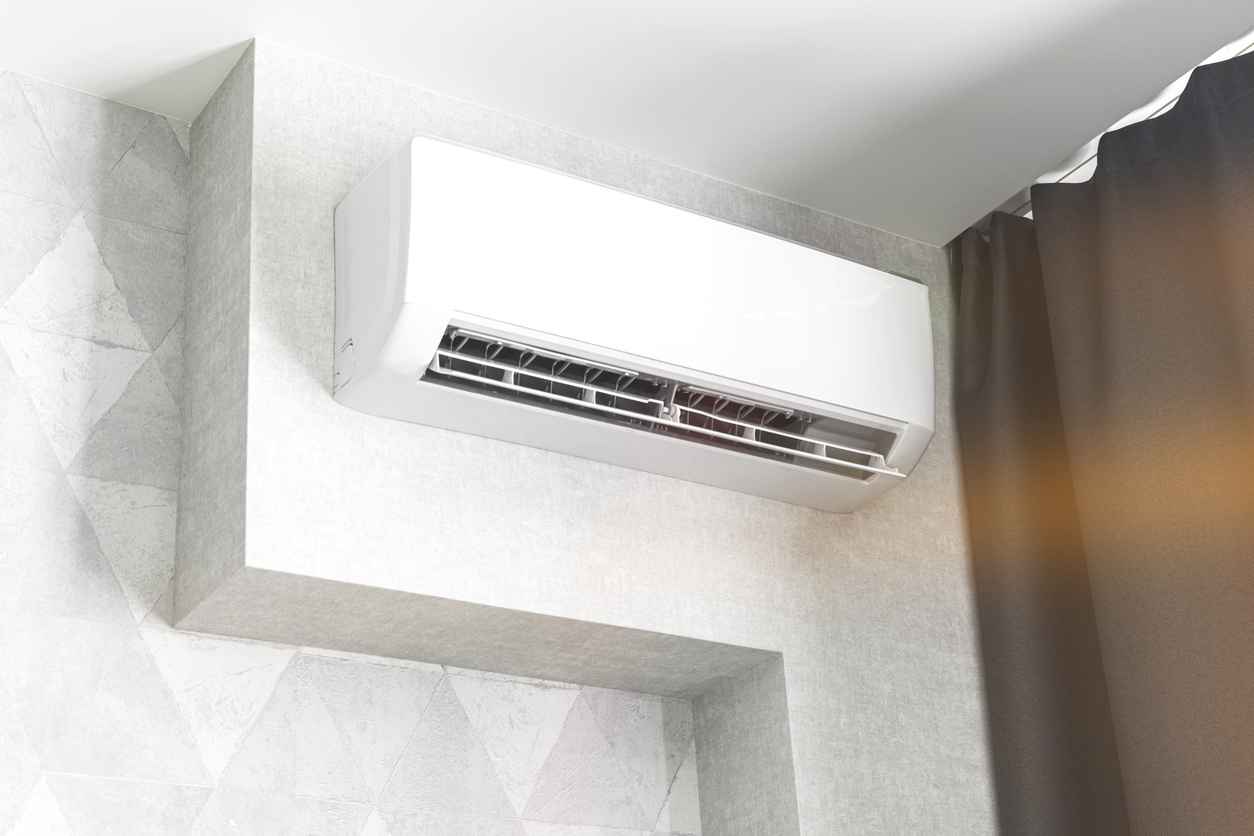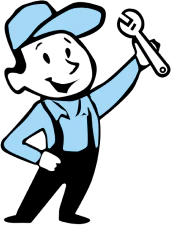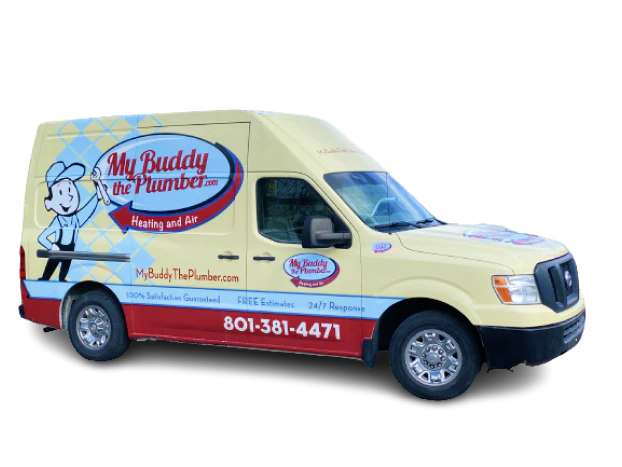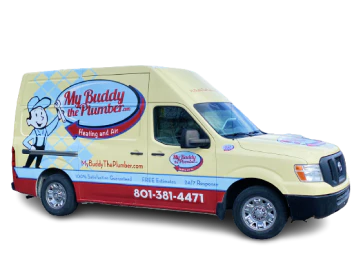Dealing With a Cracked Heat Exchanger
Among the most important components you may have never heard of in your HVAC system, one that’s vital for heating is known as the heat exchanger. However, like other components in your system, the heat exchanger can experience issues over time that may interrupt its operations, and one of the most common is cracking.
At My Buddy the Plumber, we’re happy to assist clients around Utah with all their furnace repair and other heating needs — and we know that many homeowners are beginning to test out or even utilize their heating components as the weather finally begins to slowly turn cold. What does the heat exchanger do, why do cracks in it interfere with these processes, and how can you both spot and remedy these concerns (with our help, if necessary)? Here’s everything you need to know.
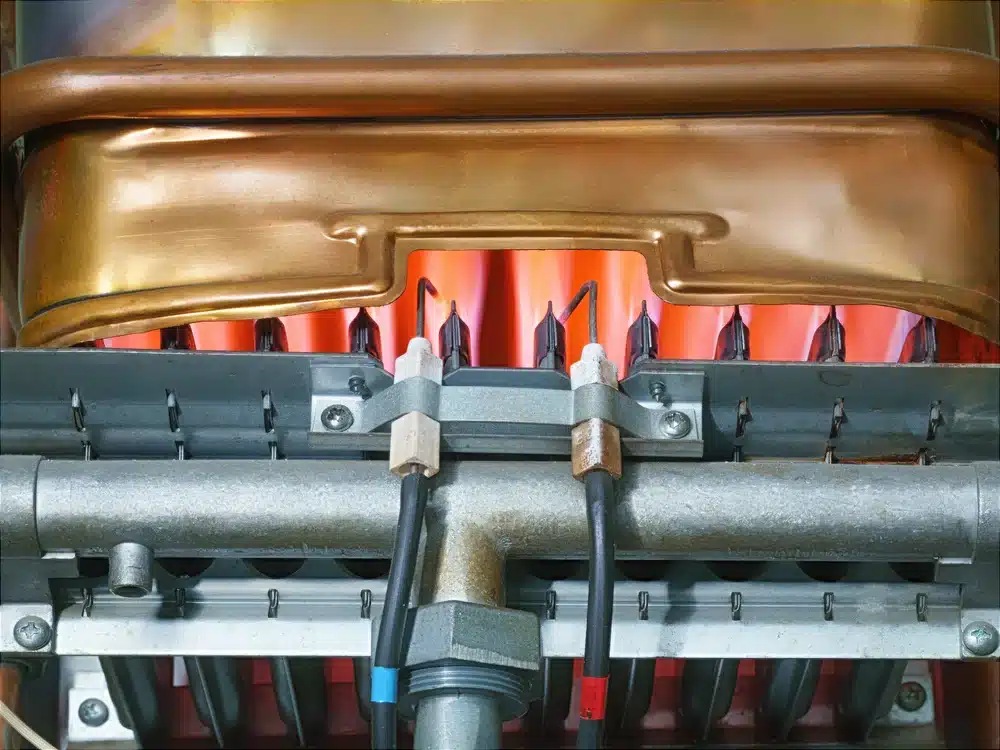
What the Heat Exchanger Does
For those just learning about the components of their HVAC systems, the heat exchanger is a device that’s responsible for actually heating the air that’s circulated throughout your home or office. It’s located within the furnace itself (for those with furnaces as their primary heating source), and it contains either oil or gas that helps to create warmth. This coils through a series of pipes, and as it does so the heat is transferred to the air that’s then pushed out into your living space.
As you may have guessed when reading the above, this process requires a proper seal between the heat exchanger and the furnace — and that’s where cracks can potentially form and cause problems.
Why the Heat Exchanger Sometimes Cracks
There are a few possible reasons for cracks in the heat exchanger, but the most common is simply due to age and general wear-and-tear. Over time, any component in your system is going to experience some degree of degradation, and this can eventually lead to cracking (especially if the furnace isn’t properly maintained). Additionally, sudden changes in temperature (like those that can happen when the furnace is turned on after a long period of disuse) can also contribute to cracking.
In some cases, manufacturing defects can also lead to cracks forming in the heat exchanger soon after installation, but this is relatively rare.
How Cracks Affect Heating Efficiency
As you might imagine, cracks in the heat exchanger can cause a number of problems with your furnace’s ability to actually heat your home. First and foremost, cracks allow heat to escape from the exchanger itself, which reduces its overall efficiency and makes it more difficult for your furnace to do its job.
Additionally, cracks can also lead to leaks in the furnace — and if these leaks contain carbon monoxide, they can pose a serious threat to your health and safety. This can be difficult to detect, as carbon monoxide is odorless and colorless, but if you experience any unusual symptoms (like headaches, nausea, or dizziness) while your furnace is running, it’s important to evacuate the premises immediately and call us for assistance.
Finally, cracks can also cause the exchanger to overheat, which puts unnecessary stress on the furnace and may eventually lead to a total system shutdown.
Possible Signs of a Cracked Heat Exchanger
Here are some of the possible indicators that your heat exchanger could be cracked:
- Soot buildup: As we noted above, buildup of carbon monoxide can be a serious concern — and one of the first places you may notice it is around the heat exchanger itself, in the form of soot. If you see any soot buildup, it’s important to call us right away for assistance.
- Yellow flames: When your furnace is running properly, the flames should be blue. If they’re yellow, however, this could be a sign that the heat exchanger is cracked and needs to be replaced.
- Rusting: Another potential indicator of trouble, rust on the furnace (particularly around the heat exchanger) may be a sign that cracks have formed and gas is leaking out. In many cases, the presence of rust will actually be what allows you to visually identify the crack in the first place — because rust is only going to form in the presence of a gas leak.
- Strange odors: Have you begun to smell formaldehyde or something similar when your furnace is running? If so, this could be a sign of a cracked heat exchanger, as gas leaks can cause these kinds of odors.
- Individual health issues: In other cases, the only signs that something is wrong may be changes in your health. If you experience headaches, nausea, dizziness, or shortness of breath while your furnace is running, this could indicate the presence of carbon monoxide and you should evacuate the premises immediately.
Do Not Attempt DIY Repairs
If you think your heat exchanger may be cracked, it’s important to call us right away for assistance. Under no circumstances should you attempt to repair the furnace yourself, as this could be extremely dangerous.
Only a qualified technician like those on our team will have the experience and expertise necessary to properly diagnose the problem and make the necessary repairs. We’ll also be able to help you understand your options for replacement heat exchangers, if needed, and can ensure that your furnace is running safely and efficiently once again.
For more on the signs of a cracked heat exchanger and what to do about it, or for any of your other furnace needs this winter, contact us today at My Buddy the Plumber for all your plumbing and HVAC needs.
Recent Posts
Recent Posts


Join the My Buddy Club
Easy Maintenance & Exclusive Benefits
The My Buddy the Plumber’s Club is our comprehensive maintenance membership program that will protect your home comfort systems! From an in-depth home plumbing inspection to thorough furnace and air conditioning tune-ups, the club does it all. Our team will ensure your HVAC, plumbing, and electrical systems are running safely and in top shape. Joining our club can also provide plenty of exclusive perks, such as:
- Priority service
- 10% discount on repairs
- No after-hours fees
- Peace of mind
- Matched manufacturer’s warranty
- Tank water heater flush
- Drain cleaning
- Electrical safety inspection









